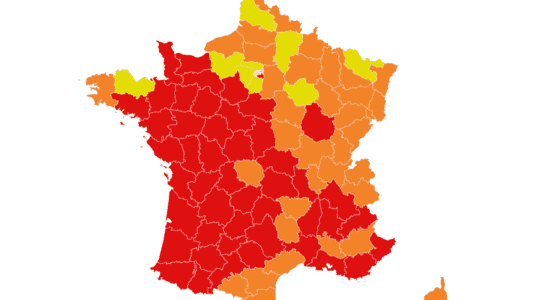Since Wednesday, Haute-Marne and Hautes-Alpes have reached the “crisis” threshold, the highest level on the scale of drought alerts in France. They join the 44 other departments already placed under this status, while 38 others are on “enhanced alert” and 9 on “alert”. In all, 93 departments, out of the 96 in metropolitan France, are affected by at least one threshold.
After a drier than normal winter, the third warmest spring and a month of July which should become the driest on record, drought phenomena are logically multiplying throughout the territory. The prefects are therefore required to take measures to limit the use of water. In order for the limitations to be well defined, the State has set four levels of alert: the vigilance threshold, the alert, the heightened alert and the crisis.
Restrictions apply from the second level, the entire national territory is therefore concerned by the savings. Thus, departments such as Aube, Aisne or Moselle, placed in “alert” level, must reduce their water withdrawal in several areas. Farmers are required to reduce their use by almost 50% per week, while the watering of green spaces and private gardens is limited to certain hours. Certain nautical activities and actions aimed at filling or emptying water reservoirs, such as artificial lakes, are prohibited.
In the event of a “crisis”, the use of water is limited to what is necessary
More important are the restrictions in force in the 38 departments concerned by the “enhanced alert”, such as Saône-et-Loire, Rhône, the two Alsatian departments, the North or even Finistère. For farmers in these regions, water withdrawal limits can exceed 50% per week, while for individuals, very limited water use may be prohibited.
Finally, 46 departments, or half of those affected by the drought, have reached the highest threshold, that of “crisis”. Among them, let us mention all the departments of the South-West and almost all those of the Atlantic coast. At this level, the authorities limit samples to priority activities, those in the fields of health, sanitation, access to drinking water or even civil security, which is in great demand because of the fires.
In order to concern all actors, awareness-raising operations are implemented by the government, which must also monitor the proper application of the measures. The latter could even have to be prolonged: the three-month forecasts of Météo France indeed report a “warmer than normal scenario for the period from August to October”.
